Hair loss treatment made for you
Regrow hair in as few as 3-6 months1
Doctor-trusted ingredients
100% online, unlimited provider support
1. Based on separate individual studies of oral minoxidil and oral finasteride.
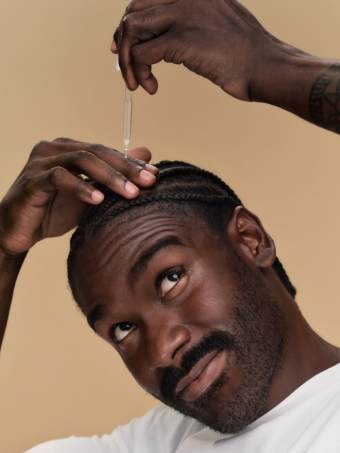



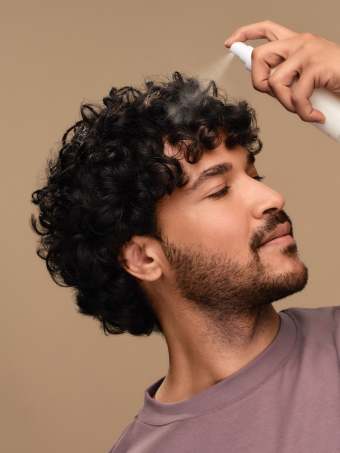

Featured reviews

Month 0

Month 6

Month 0

Month 4

Month 0

Month 12

Month 0

Month 12

Month 0

Month 5

Month 0

Month 9

Paid testimonials. Before and after images shared by the customer. Customers' results have not been independently verified. Individual results may vary.




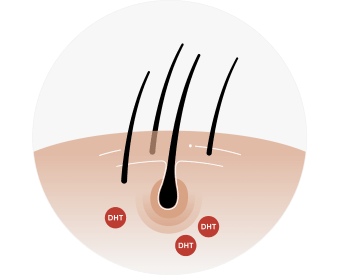
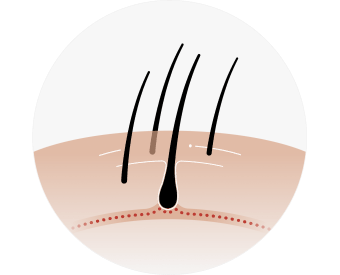
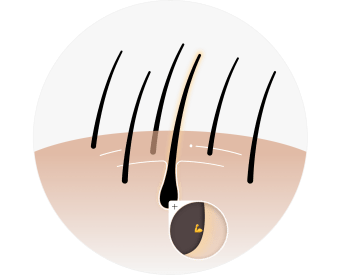
Based on separate individual studies of oral minoxidil and oral finasteride.


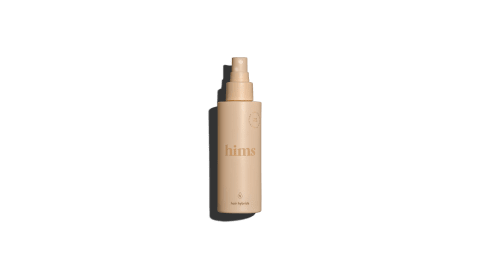


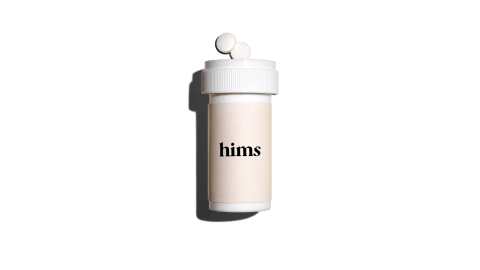


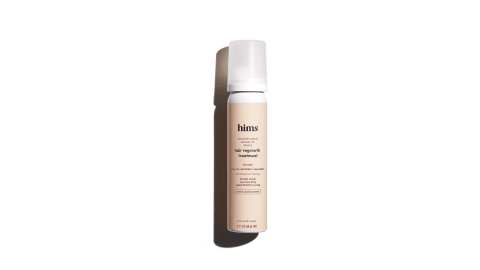
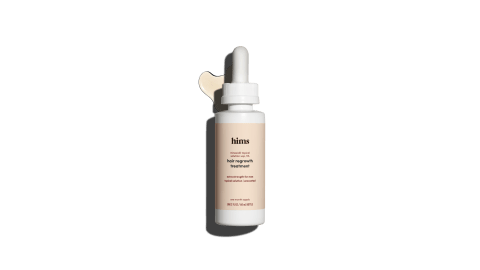
Compounded products have not been approved by the FDA. The FDA does not verify the safety, effectiveness, or quality of compounded products. Prescription products require an online consultation with a healthcare provider who will determine if a prescription is appropriate. Restrictions apply. See website for full details and important safety information.



